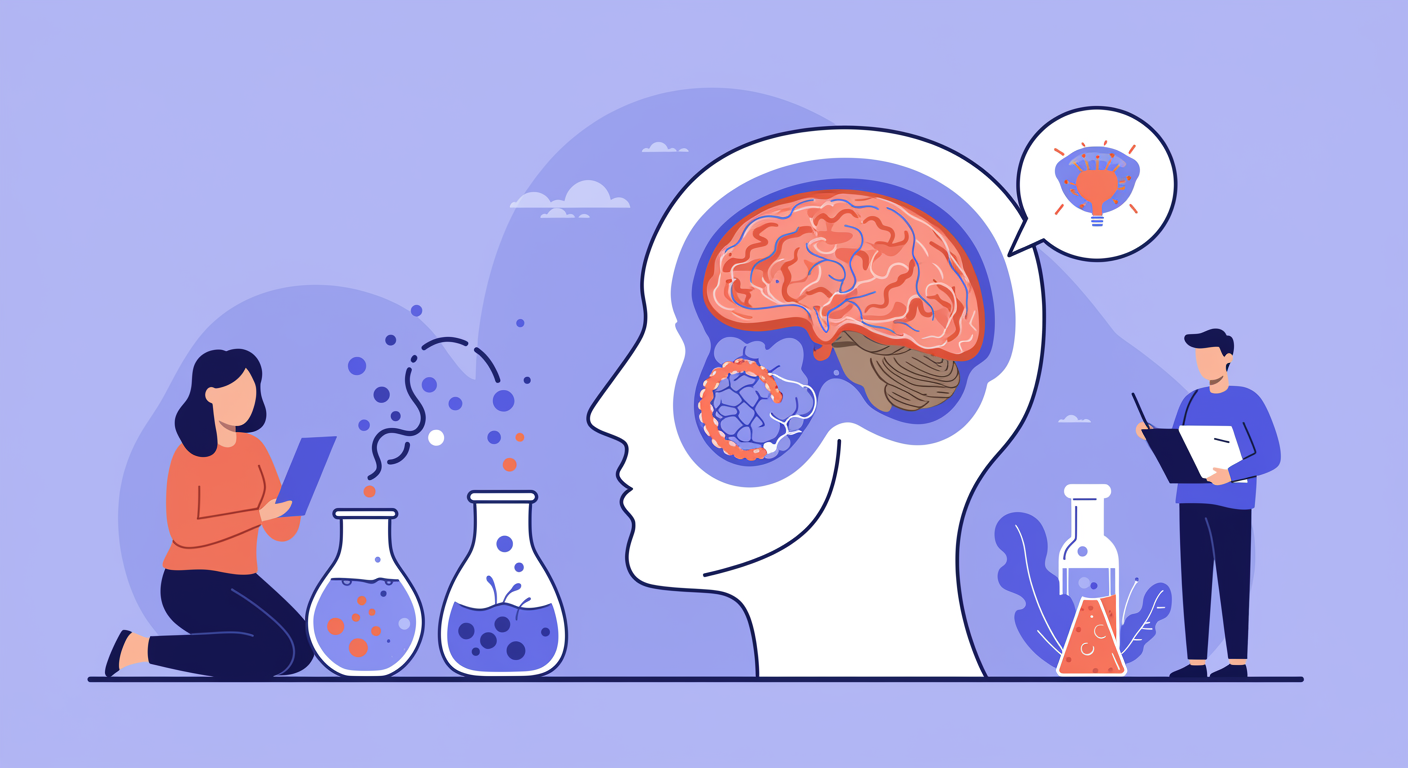
Have you ever recounted a story to a friend, only to have them interject, “Wait, that’s not quite how it happened!” Or perhaps you’ve looked at an old photo and realized your vivid memory of that day felt slightly different from the documented reality? It’s a common experience, and it points to a profound truth about our internal world: your memories aren’t fixed recordings. Far from being a perfectly preserved archive of past events, every time you retrieve a memory, your brain subtly — or sometimes not so subtly — rewrites it.
This might sound unsettling, especially if you consider how much we rely on our memories to define who we are and understand our past. But rather than a flaw in our mental architecture, this dynamic process is a fundamental aspect of human cognitive function, revealing memory as an active, creative process rather than a passive storage system. It’s how your mind continually updates and integrates new information into the narrative of your life.
The popular notion of memory often compares it to a video camera, meticulously capturing events to be played back with perfect fidelity. However, the scientific understanding paints a different picture. Think of a memory less like a video file and more like a story you’re constantly retelling and editing. Each time you access that story, you might emphasize different details, incorporate new insights you’ve gained since, or even smooth over inconsistencies to create a more coherent narrative. It’s a reconstructive process, where the brain pieces together fragments of information, influenced by your current state and knowledge.
The scientific concept underpinning this phenomenon is known as reconsolidation. For decades, scientists believed that once a memory was formed and consolidated – essentially, “saved” in long-term storage – it became stable and resistant to change. But groundbreaking research, particularly from scientists like Karim Nader, Joseph LeDoux, and Daniela Schiller, has shown that this stability is temporary. When you recall a memory, it temporarily becomes labile, or unstable, much like a document you’ve opened for editing on your computer. During this brief window of instability, typically a few hours, the memory is vulnerable to modification. It can be strengthened, weakened, or even entirely altered by new experiences, emotions, or current information before it’s “re-saved” or re-consolidated.
What factors influence these subtle shifts? Several elements play a significant role. Your current emotional state, for example, can color how you recall past events. A positive mood might lead you to remember details in a more favorable light, while stress or sadness could highlight negative aspects. New information you’ve learned since the original event can also be seamlessly woven into the memory, often without your conscious awareness. Consider the classic studies by Elizabeth Loftus on eyewitness testimony, which demonstrate how leading questions or post-event information can significantly alter a person’s recollection of a crime, sometimes leading them to “remember” details that never occurred. Our existing schemas – our mental frameworks of how the world works – also act as filters, shaping how we encode and retrieve information, often making our memories conform to our pre-existing beliefs.
It’s tempting to view this malleability of memory as a defect, something that makes our recollections unreliable. However, from an evolutionary perspective, this dynamic process is highly adaptive. If our memories were rigidly fixed, we would struggle to learn, adapt, and integrate new experiences into our understanding of the world. Reconsolidation allows the brain to update its internal models based on new information, making our memories more flexible and relevant to our current circumstances. For instance, if you once had a frightening encounter with a specific type of animal, but later learn that most animals of that type are harmless, your memory of the initial scary experience might gradually soften over time, reducing your fear behavior. This flexibility allows us to continually refine our understanding of the past in light of new information, aiding learning and promoting psychological well-being.
The implications of this understanding stretch far beyond mere academic curiosity. For individuals dealing with trauma, research into reconsolidation offers potential avenues for therapeutic interventions designed to weaken distressing memories. In the legal system, it underscores the critical need for careful procedures in handling witness testimonies. On a personal level, it invites us to reconsider our relationship with our own past. Each time you share a story from your childhood, you’re not just retrieving a static file; you’re actively participating in its ongoing construction. Your mind is a powerful editor, constantly shaping the narrative of who you are.
Ultimately, recognizing that memory is a fluid, reconstructive process doesn’t mean we should doubt every recollection. Instead, it offers a deeper appreciation for the astonishing complexity of the human brain. It highlights that memory is an active, living part of our cognitive landscape, perpetually being sculpted by our ongoing experiences and the very act of remembering. So, the next time you revisit an old memory, pause to consider: you’re not just recalling the past; you’re actively, subtly, rewriting it.